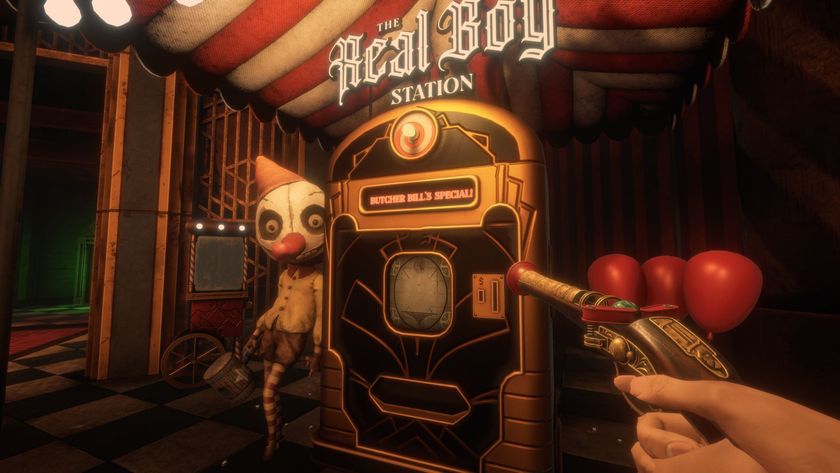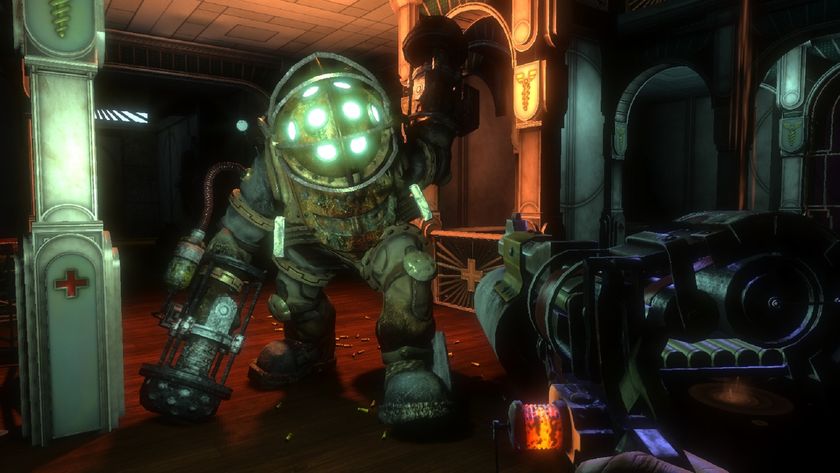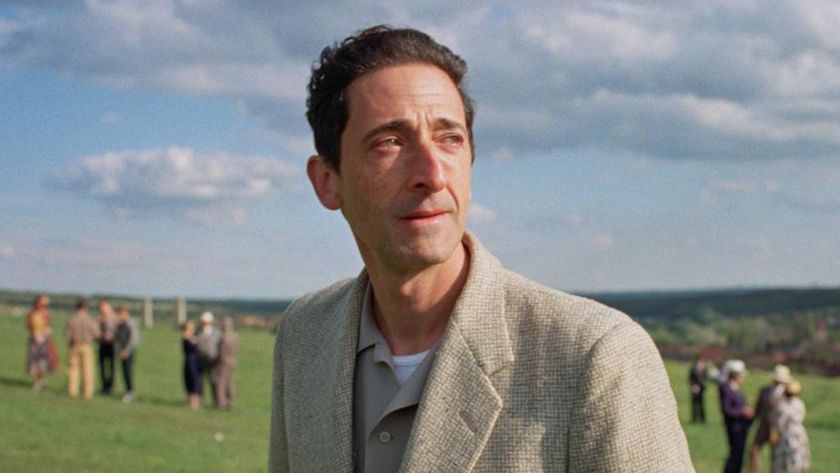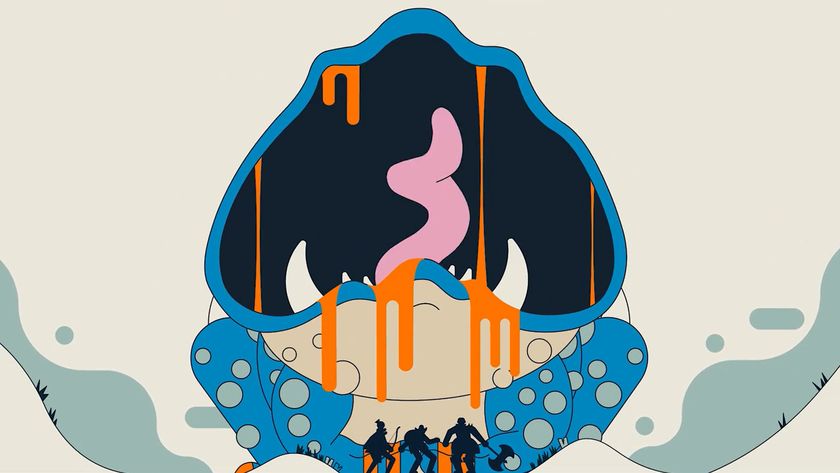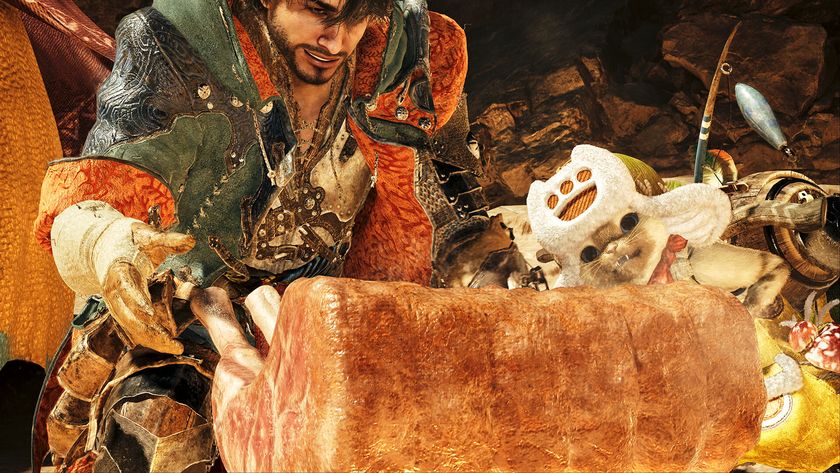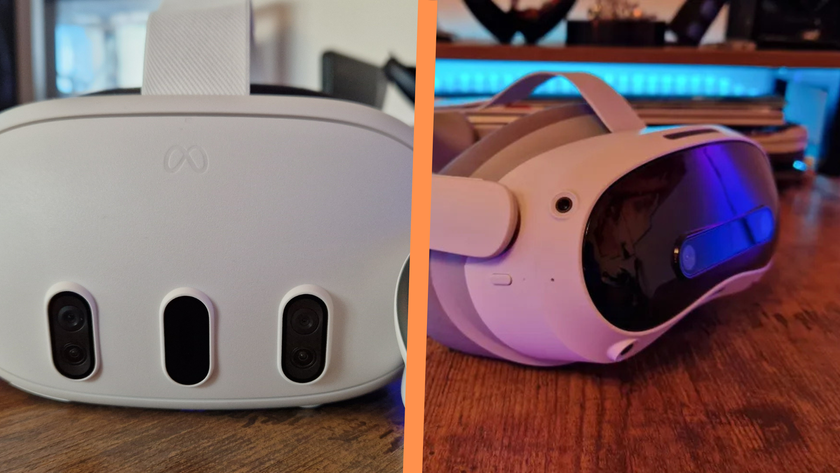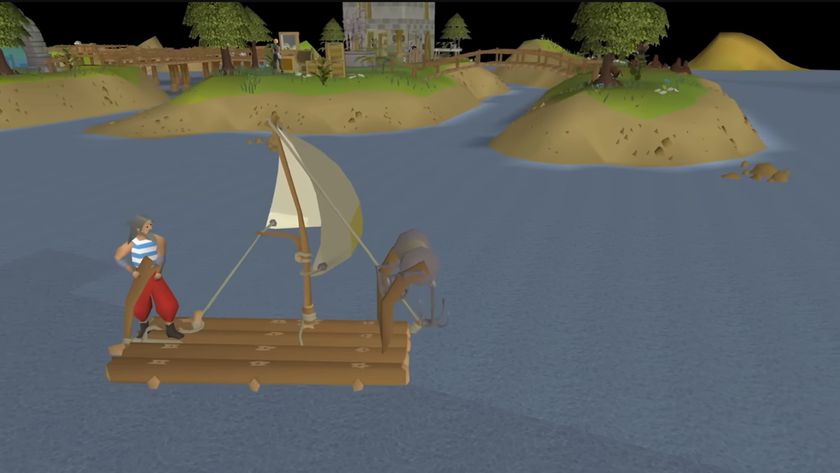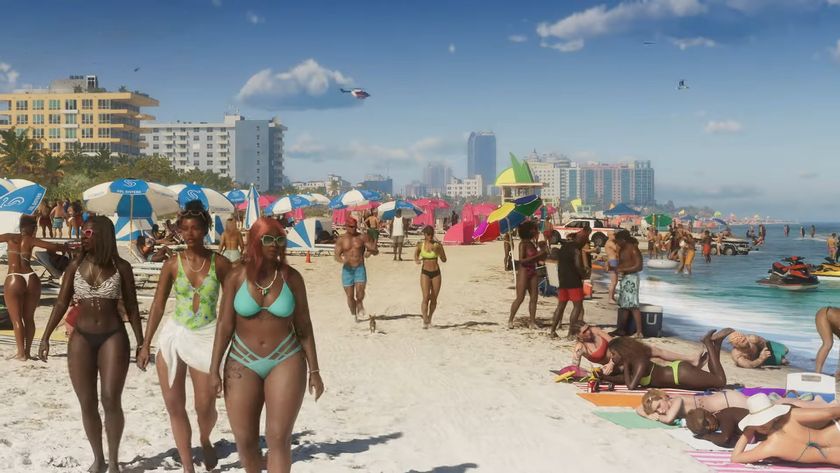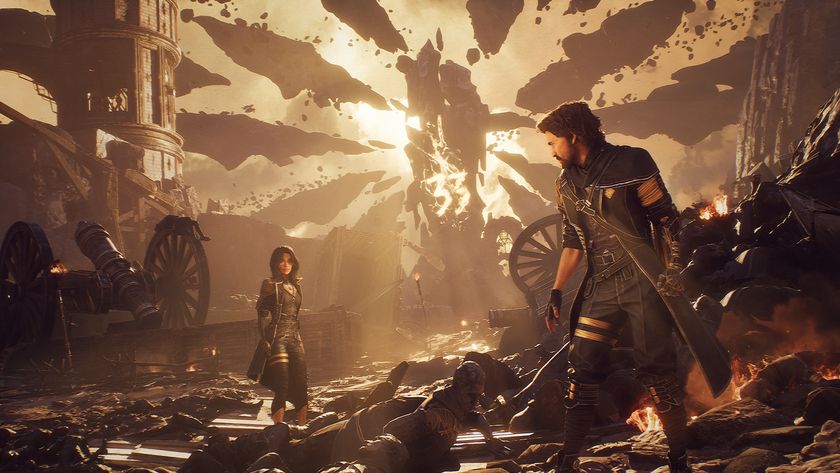Newly-released docs explain the BioShock that nearly was
Irrational's original pitch documentation is a very different kettle of fish
"Things grow inside you.
We’re part of you now, you think you hear them say.
You step away from the med bench. The diagnostics screen presents a revolting before and after. On the left side, the before side, you see yourself. What you were. Human.
And on the right side... what you are. What you’ve become. The only way you’ll survive. The only way you’ll-"
Thus begins the 2002 pitch document for Irrational Games' original vision for BioShock, the first 10 pages of which the company has just released onits blog. How different is it from the BioShock we eventually got? Quite a lot. There's a different protagonist, a different story, a different setting, extra gameplay mechanics, and although the splicing remains, it sounds absolurly bloody horrific. Want to know more about the BioShock you could have played? Read on.
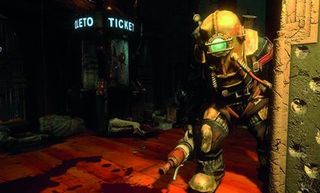
Above: This guy = Not in it
- BioShock was originally set in 2007 rather than 1960. And instead of Jack, you would have played Carlos Cuello, a 'deprogrammer' tasked with rescuing a rich heiress from an island-based religious cult. The cult, naturally, had access to extreme bioengineering technology throughout its vast underground - and undersea - base.
- The original BioShock's genetic upgrades came not from Adam, but from splicing the DNA of sealife. Different creatures would give you different abilities, and several of BioShock's eventual plasmid properties can be traced back to these original designs. For example, jellyfish DNA would have turned your flesh gelatinous and made you able to hide transparently in the shadows, as well as giving you a poisonous touch. Electric Eel DNA would provide biological lightning attacks.
- The splicing process sounded far more horrific and dehumanising. Check out the opening text from the pitch doc:
You tense and feel unfamiliar chemicals moving within you, unfamiliar muscles tightening, unfamiliar organs working. Your new body comes to life without your consent. Chitinous plates slide over your torso, your groin. Bulbous stalks breach your forehead like knitting needles, releasing a salty green liquid that stings what were once your eyes.

Above: Things were originally a whole lot less deco
- Weapon modding was way more complex, and could be performed on the fly. With base bodies for each main gun lying around amongst a stack of different barrels, sights and ammo types, as well as modifiers for range, recoil, clip size, reload time and reliability, any parts could be switched in and out as the situation or enemy required, but over-modded weapons would become unstable. Sounds a lot like Borderlands spliced with ModNation Racers to us.
- Controlling hacked security systems was more in-depth. It would have been possible toset off diversionary false alarms and even hack security robots, controlling them manually in first-person. By doing this though, you would leave yourself vulnerable to attack back in the security office.
- As well as security, you could also hack the environment itself. Environmental controls could be messed around with to manipulate all kinds of atmopheric properties for different effects in combat. For example, increasing the oxygen content would cause bigger explosions, ionizing the air would increase the power of electrical weapons, and increasing the temperature would make you invisible to thermal scanning, but also make cold-blooded creatures faster. Decreases would have the inverse effects, and itwould also have been possible to play around with magnetism, gravity, electrified floors and flooding.
- Originally there was multiplayer, with a plan for 'Story Based Deathmatch' mentioned.
Irrational is going torelease more insights into the early BioShock's development as time rolls on, so keep checking back at its blog. In the meantime, let know us what you think about the original vision. Would you have preferred it? Would you still like to see Irrational make it under a different name? Opinionise in the comments, or onour incandescant social areasonFacebookandTwitter.
Sign up to the 12DOVE Newsletter
Weekly digests, tales from the communities you love, and more

